
Other people see this as just an ordinary cage, but from my perspective this is a real money printing area. This duck breeding cage is only a few kilometers from my house, I often visit here because the owner of this cage is my former elementary school teacher, now we are not like students and teachers, our relationship is now like close relatives. My purpose in coming here today is to chat about our cooperation plans in 2024. I will not go into detail about our plans for the future, but in essence our plans for the future are still about raising ducks. Being in this place I can see how ducks are raised from the hatching process to becoming egg laying and broiler ducks. The method for hatching egg-laying and broiler ducks is the same, only the care, timing and feed are the differences.
Below are several pictures from hatching to becoming broodstock and broiler ducks:

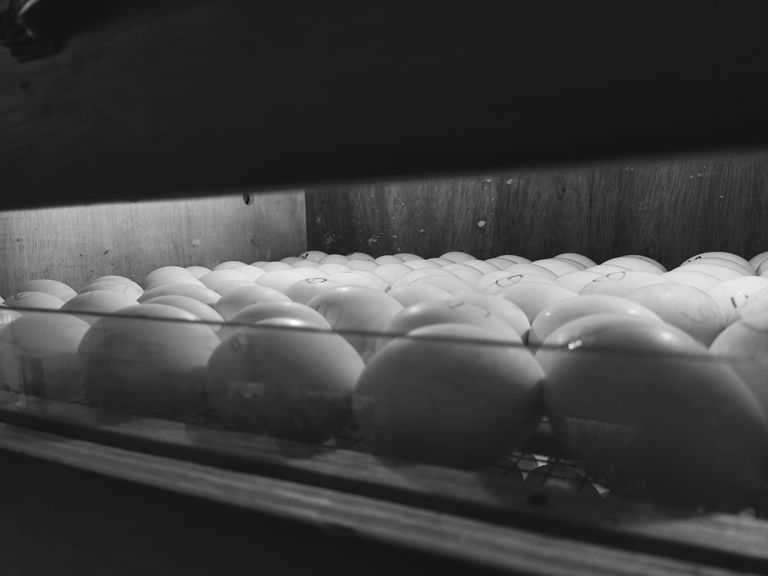
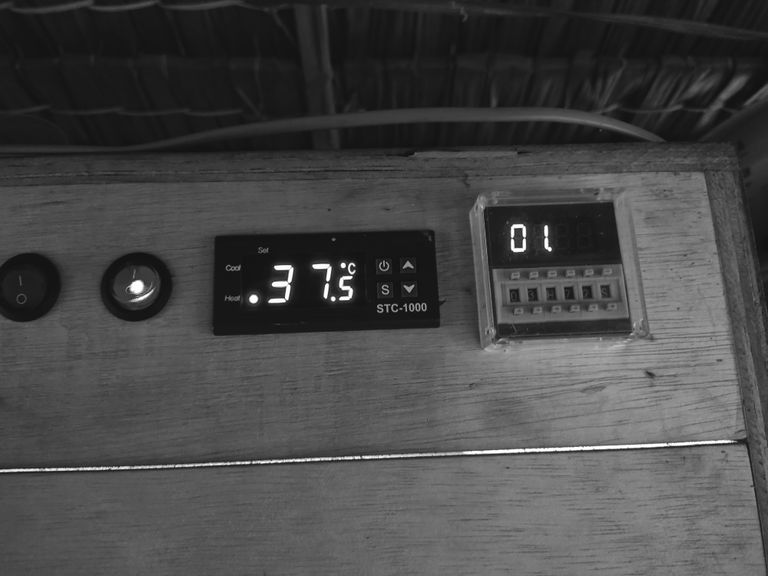
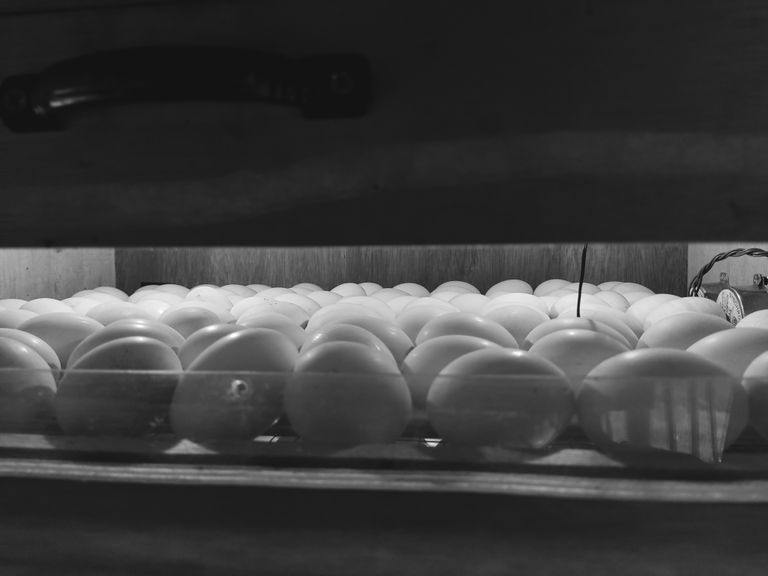
Here they use an automatic machine box that they assemble themselves with a capacity of 500 eggs in one box. In the area in this photo there are 7 hatching machines that operate 24 hours and are never empty. The cost of making one hatching machine box costs around 5 million rupiah/323$. The tools used in this box are two small fans, two 5Wat yellow lights, a temperature measuring device, and a humidity measuring device. A good temperature for duck eggs is 37.5 to 38°c. Apart from monitoring the right temperature, an important thing to pay attention to is the humidity level, the humidity level needed for duck eggs starts from 55 to 60%. If the temperature is too high So when the duck egg has a crack indicating that the duckling is ready to come out, that's when the duckling dies because the air is too humid. as recommended in the Google tutorial, on days 25-28, the temperature is increased to 75%, think about it first, friends🤣🤣 you have killed without touching. After the eggs hatch, the ducklings are left for 1 day in the box to function as acclimation, on the second day the ducklings will be moved to a box that only uses a small light so that the ducklings are not stressed by the outside temperature.

Newly hatched chicks will be kept in open system rearing cages without any temperature or humidity control devices. In this cage the baby ducks will be fed pellets for a full 25-30 days, at this stage it really drains the owner's pockets🤣🤣, when the duck's body is 4-5 ounces the duck will be released into the wild in the cage area or into the rice fields .
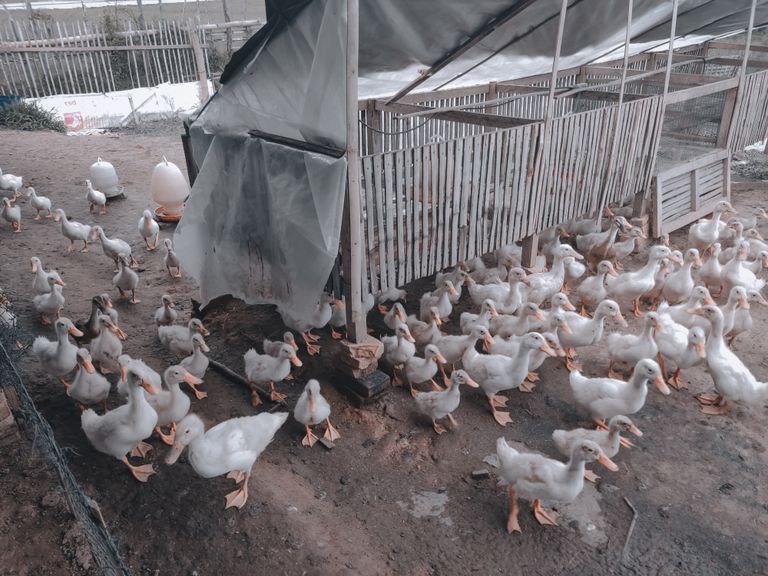
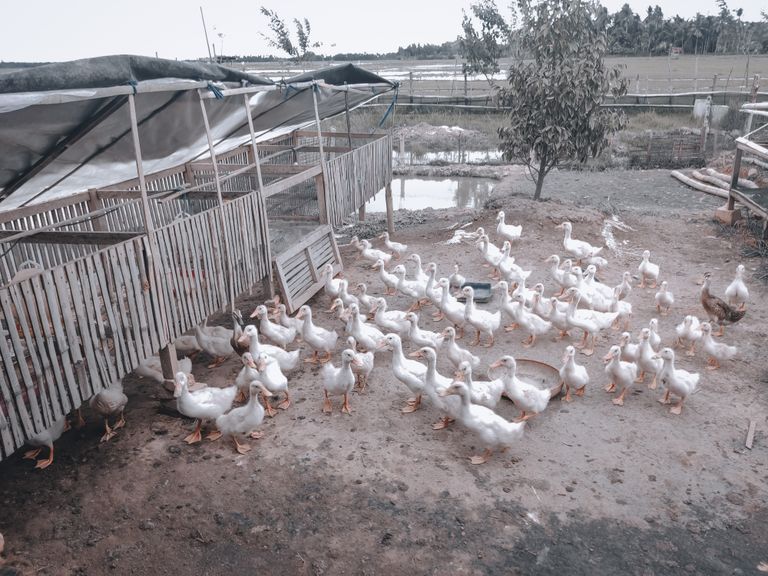

When the ducklings reach the age of 1, they will not be released into the cage area like the one in this picture. In fact, there are two ways to raise these ducks, the easiest and most economical way is to release them into the rice fields from the age of 1-3, not for ducks. broilers, 1-5 not for laying ducks, this method can only be used when there is no rice in the rice fields or during the rice farmers' holidays. This second method is usually applied when farmers have started farming, this method really drains the owner's pockets, namely by releasing them in the cage area. For ducks that are released in the cage area, they are usually given food twice a day. used varies.
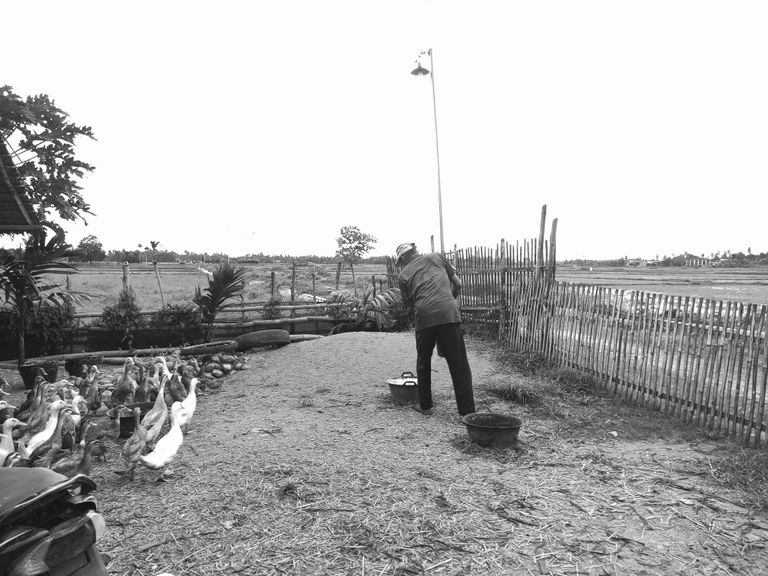
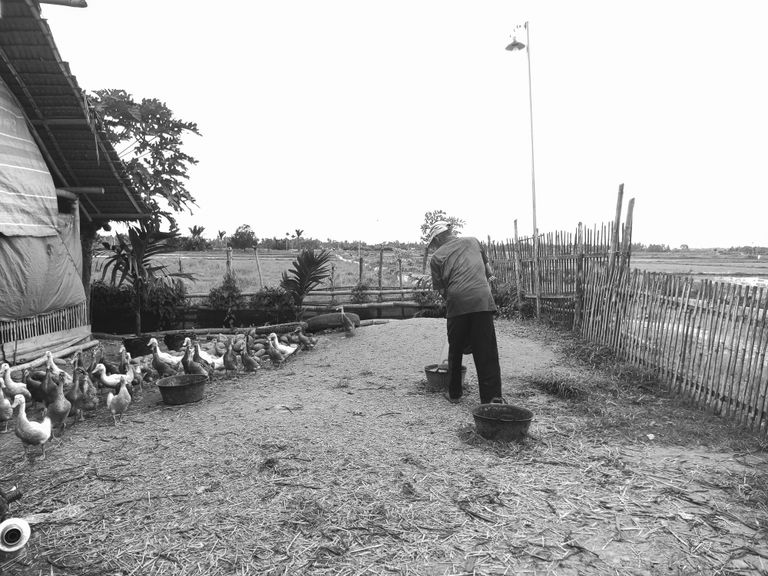
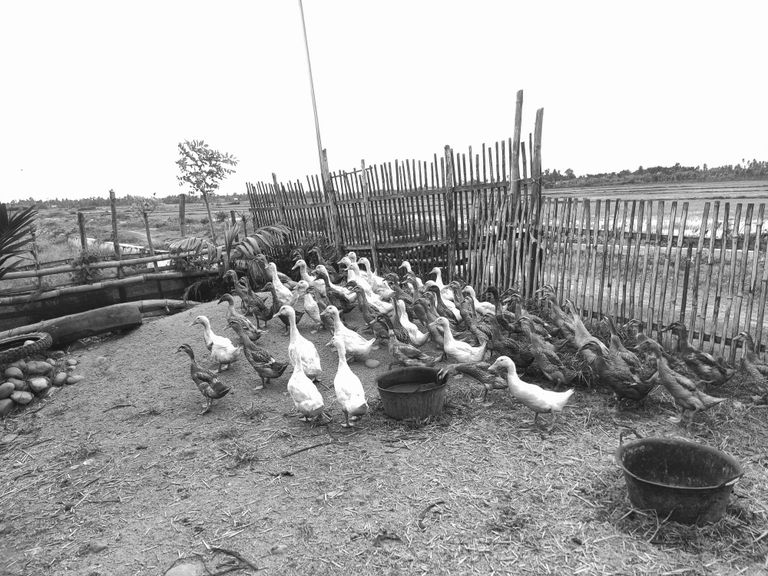
For laying ducks aged 5 months, the previously outside area will be minimized to avoid stress when entering the laying cage at the age of 6 months. This area must be right next to the laying cage. Before entering this area, the ducks will be sorted into females. For male ducks, some of them will be sold to the market because not too many are needed here. Usually the ducks in this area will be given different food during the rearing period. Here we can see there is a pile of sand, this is very useful for ducks who have reached the age of 5 before entering the laying cage, the function of the sand is to prevent paralysis when the ducks have started to consume feed that contains lots of nutrients, this is an old method that we can still use. use until now.
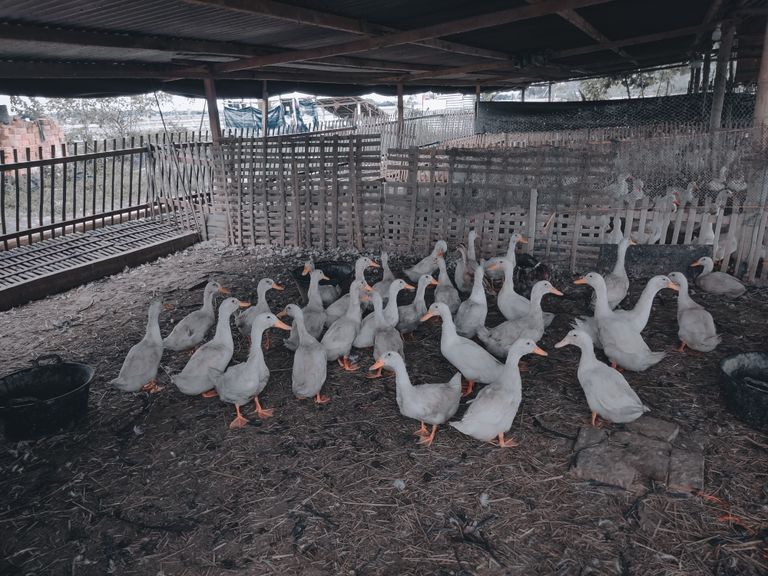
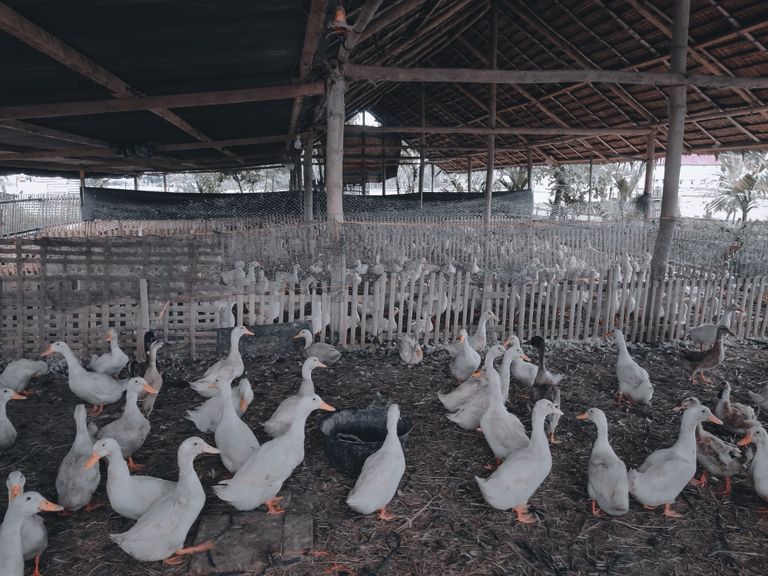
At the age of 5-6 months the ducks are ready to enter the laying/production cage. When they enter the cage, the ducks start to be given feed with high protein so that production is stable for all the ducks in the production cage. Care begins to be supervised by the owner because if left unsupervised by the owner, most employees do not carry out their proper obligations, such as letting drinking water in unclean conditions, cleanliness of the cage, giving vitamins, giving food that is not on time, mixing feed, and the worst thing is letting other people into the cage. All of these things really have to be monitored by the owner himself.
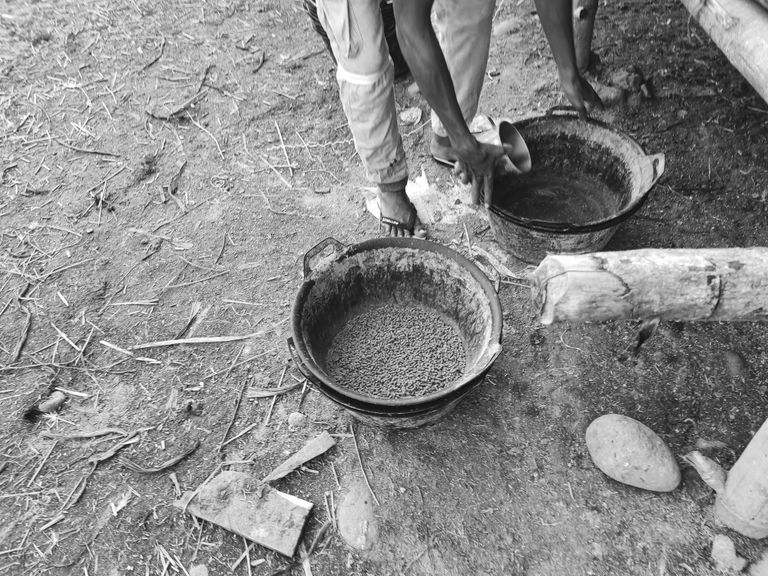
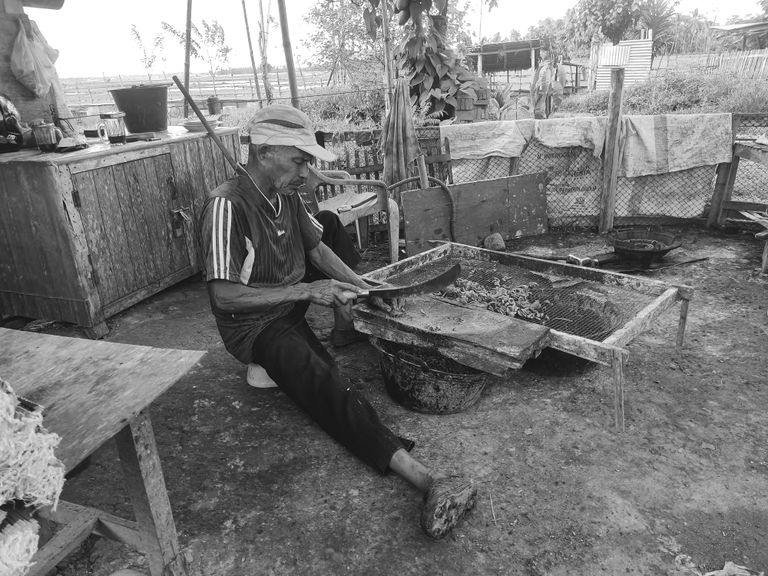

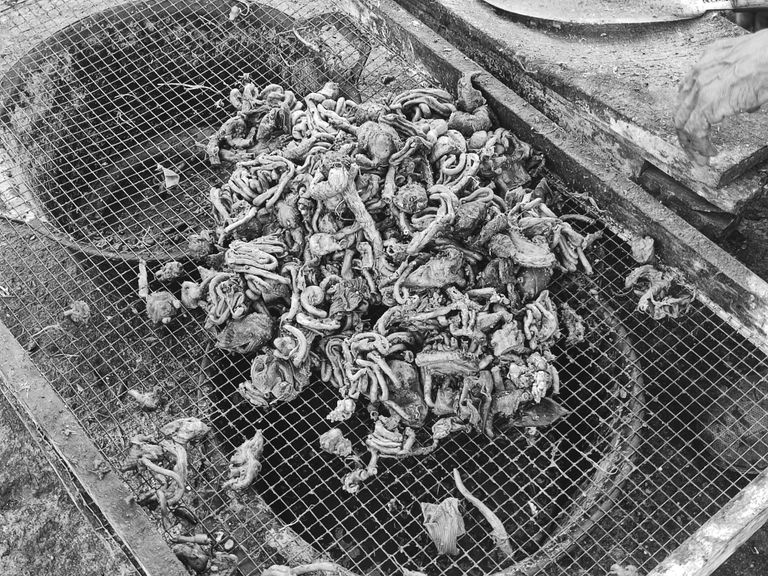
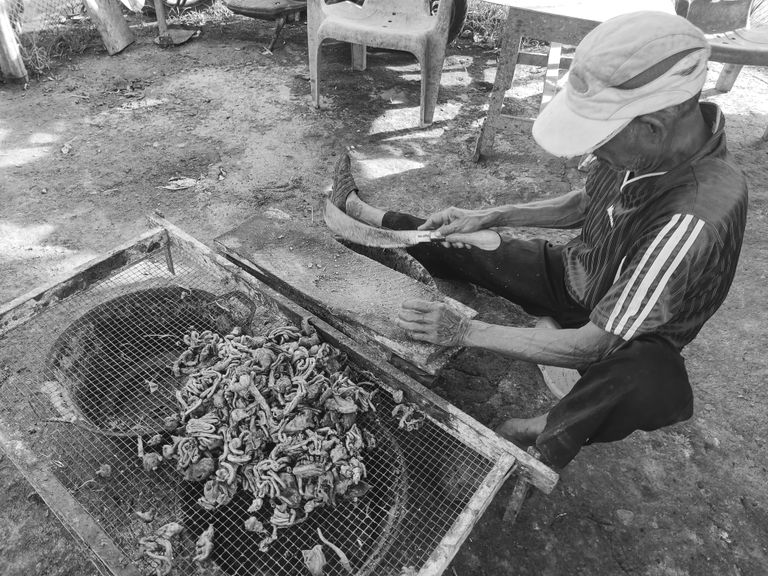
Processing stage of self-mixed feed. Duck feed must be separated between chicks aged 1-30 days, 1-5 months, and ducks ready for production. All the photos here are of the feed processing stage for ducks ready for production in the laying cage. Here they use several mixtures in the feed, the main ingredient is of course bran, whatever ingredients are used, bran is the main ingredient that must be present in every mixture. The mixed ingredients they use are: bran, chicken intestines, vegetables, feed 544. for feeding ducks that are ready for production twice a day, chicks 3 times a day. Some of the photos in this page are the process of cutting chicken intestines. It has been boiled first, the ratio of mixing chicken intestines with bran is 1 to 1. 5kg of mixed feed/one bucket must be given 0.5kg of 544 feed which is high in nutrition and is really needed for production ducks.